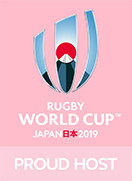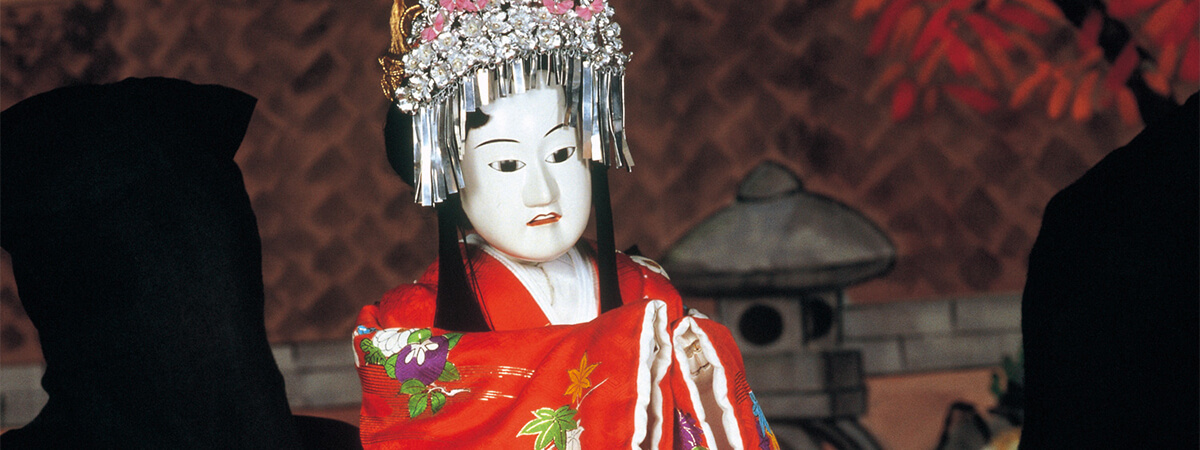
Awaji Ningyo Joruri

The tradition of puppet performances on Awaji Island goes back many years.
It was here that the ningyo joruri form, which melds joruri (ballad drama) and shamisen accompaniment, emerged in the Edo period (1603-1868).
There were some 44 ningyo joruri theaters and 1,000 active puppeteers in the early eighteenth century, and traveling performers established outposts of the ningyo joruri tradition in more than 100 locations throughout Japan.
The puppets used in the Awaji style performances need three puppeteers to operate them and are substantially larger than puppets employed in conventional bunraku.
Performances are held in small buildings erected outdoors.
For this reason, gestures are more flamboyant than those of bunraku and the voice of the gidayu (chanter) is louder and heartier.
The tradition declined for a time but has experienced a revival in recent years.
Regular performances are now presented by the Awaji Ningyoza Troupe and a new generation of artists is being trained.
In addition, the nearby Mihara High School has a ningyo joruri club that has been in existence for 50 years.
It was here that the ningyo joruri form, which melds joruri (ballad drama) and shamisen accompaniment, emerged in the Edo period (1603-1868).
There were some 44 ningyo joruri theaters and 1,000 active puppeteers in the early eighteenth century, and traveling performers established outposts of the ningyo joruri tradition in more than 100 locations throughout Japan.
The puppets used in the Awaji style performances need three puppeteers to operate them and are substantially larger than puppets employed in conventional bunraku.
Performances are held in small buildings erected outdoors.
For this reason, gestures are more flamboyant than those of bunraku and the voice of the gidayu (chanter) is louder and heartier.
The tradition declined for a time but has experienced a revival in recent years.
Regular performances are now presented by the Awaji Ningyoza Troupe and a new generation of artists is being trained.
In addition, the nearby Mihara High School has a ningyo joruri club that has been in existence for 50 years.
TM © Rugby World Cup Limited 2015. All rights reserved.